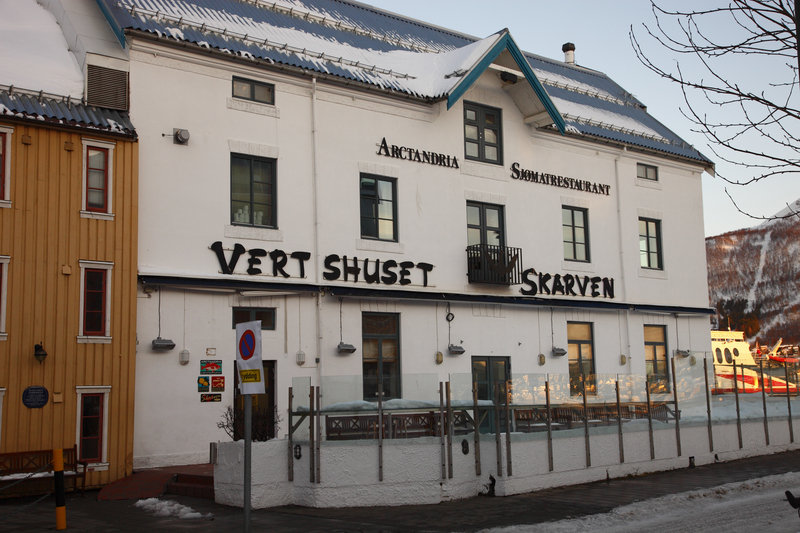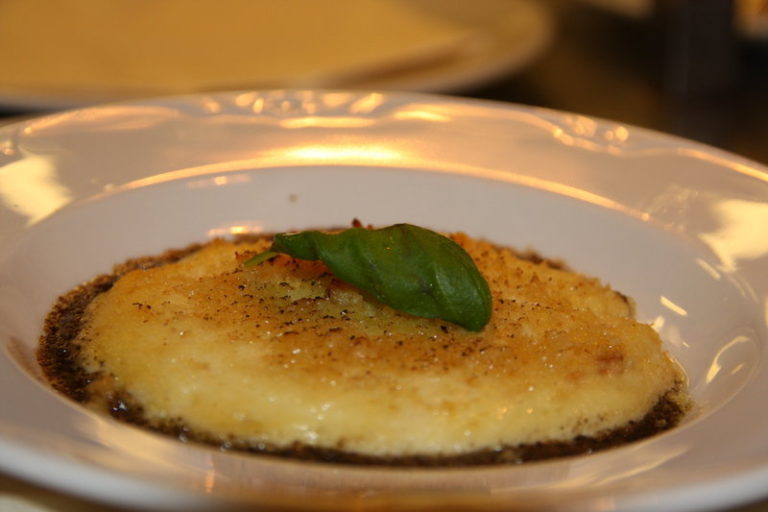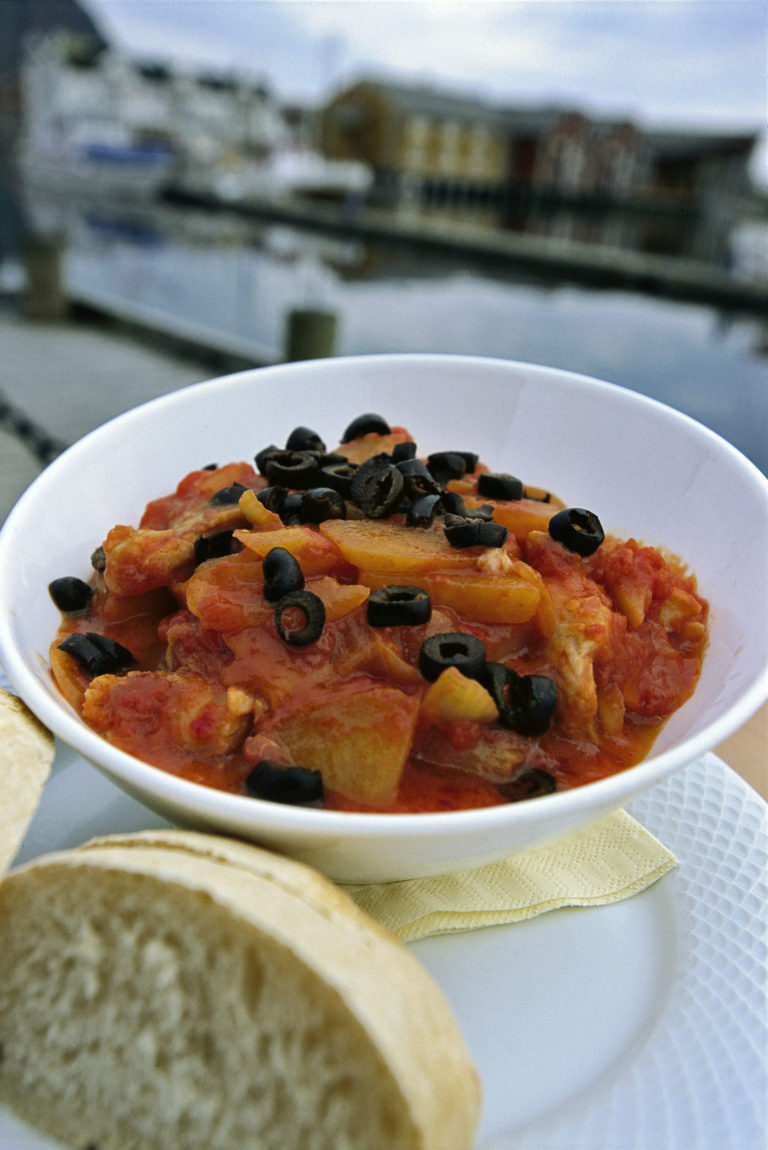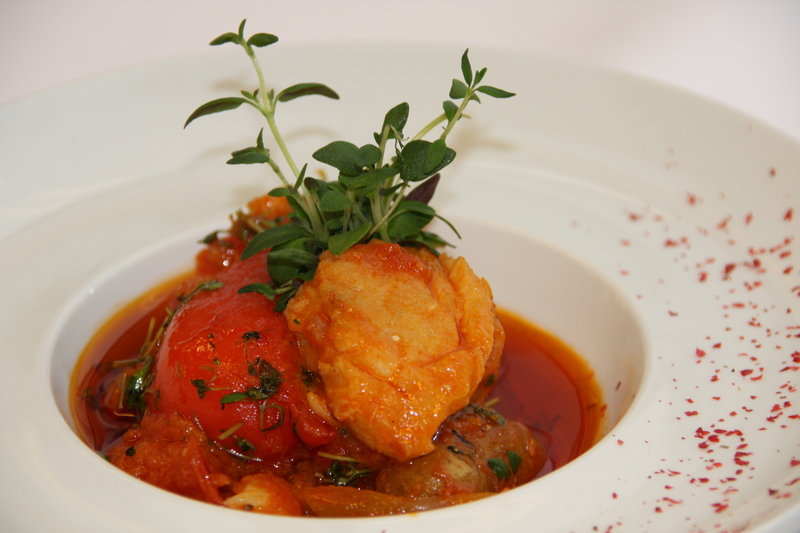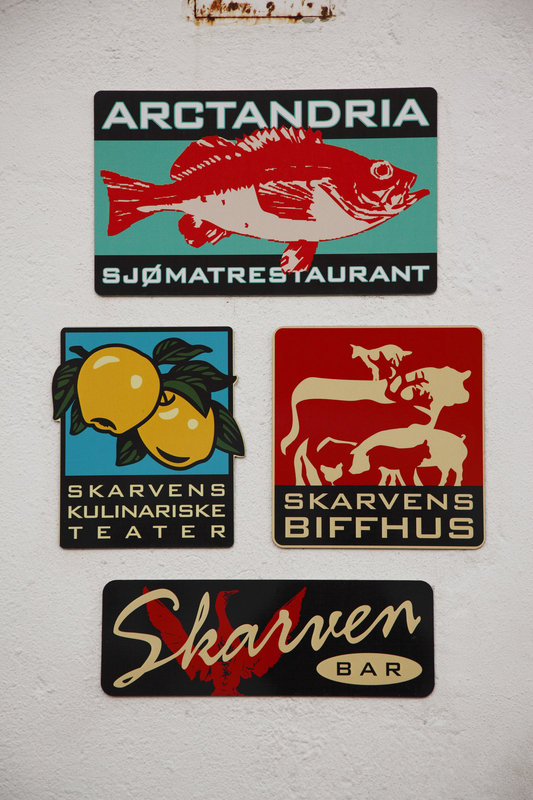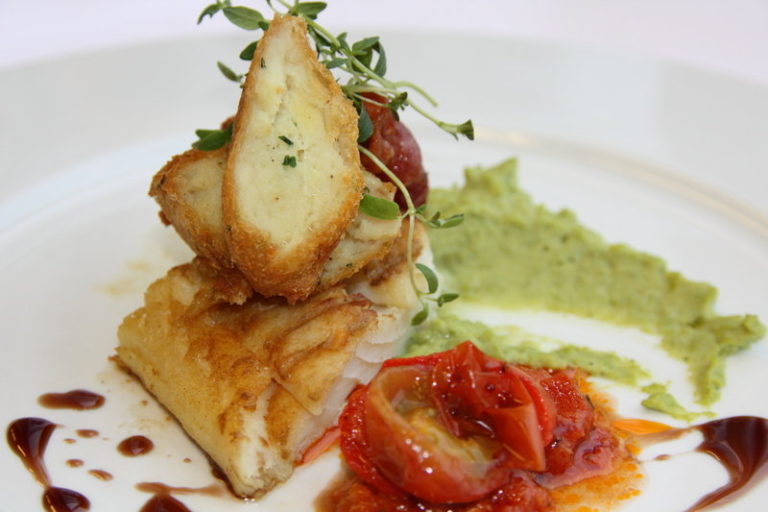Bacalao, the clipfish casserole with tomato is a favourite in Northern Norway. However, this has actually only been the case since clipfish made a comeback in Northern Norway in the 90s.
Bacalao. The word evokes images of salsa and samba rhythms, of the sun in southern climes, of white sandy beaches, Mediterranean cuisine and dinner in sultry summer temperatures under a crow-black sky. But why? The clipfish that the bacalao is made of is Norwegian after all, and Northern Norwegian at that. Perhaps it’s just that it has just been doing timeout in a number of latin countries for a while?
Clipfish…never again?
Clipfish was once daily fare in Norway. It is said that many had nothing else to eat but dried herring and clipfish during the war, so when the war ended in 1945, if there were two things that were dropped from the menu if one could afford to do so, it was the dried fish. Statistics on Norwegian eating habits seem to bear this theory out.
It made a salty comeback in the 90’s
After many had tried to convince Norwegians of the attributes of clipfish without success, something twigged suddenly in the 90s. All of a sudden, clipfish was relaunched in the guise of bacalao in a series of exotic restaurants that were springing up across the country. Finally, we could say the word ‘clipfish’ without so many people wrinkling their noses.
The 1994 breakthrough
We had previously tried to introduce clipfish at the Arctandria restaurant without much success, but when bacalao reappeared on the menu again in 1994, it was an eye-opener for many – not to mention a mouth-opener after that. This was something quite new. Or was it?
Bacalao translates to cod
Bacalao is a Spanish word that basically means cod. When the term was coined, there was no established practice for delivering fresh cod to southern European countries. In order to export it, it therefore had to be fully salted. It is only in modern times that it has become possible to supply southern Europe with frozen, and subsequently, fresh cod. This variety is known as bacalao fresco – fresh cod – whilst the fully salted fish is still called bacalao.
From the Mediterranean to Latin America
It is said that dried fish was Norway’s very first export item. When clipfish was ‘invented’, it fast became a threat to the Norwegian dried fish export industry. Southern Europe had had a taste of something that, after having been soaked, was far more versatile than fish that had simply been dried. What’s more, it had been preserved no less than three times; fully salted, dried and cured. This meant that the Spanish and the Portuguese could take it with them on their conquests of Latin America. So this is how this new culinary tradition took root in these countries.
They searched the length and breadth of Portugal
In 1993, the owners of the Skarven restaurant, Gunnar Andersen and Jan Klev, travelled the length and breadth of Portugal looking for clipfish recipes. despite their limited Portuguese, they always managed to locate the familiar bacalao. They were almost disappointed to discover that the great old Norwegian bacalao casserole was nowhere to be found. Never in their wildest dreams had they imagined that so many clipfish dishes were possible. Clipfish soups, clipfish salads, grilled clipfish, baked or boiled clipfish with numerous sauces, and almost never the same twice. They discovered that there was no limit to what one could make from ‘bacalhau’, as the Portuguese want to spell it.
There are 365 clipfish recipes
A Portuguese woman is apparently not ready for marriage until she can make 365 different clipfish dishes. Andersen and Klev also noticed that the Portuguese do not consider bacalao to be fish. They refer to it all at once as meat, fish and bacalao, given that its dense texture positions it somewhere between meat and fish.
Latin for the Northern Norwegian palate
Over the years, the chefs at the Arctandria fish restaurant have used their inspiration and experience to adapt various latin, or southern European, traditions for the Northern Norwegian palate. A tonne of clipfish is delivered to their kitchen every year as a raw ingredient. However, clipfish is not just served at the Arctandria restaurant; Skarvens Pub on the floor below also serves its own clipfish casserole with a sauce of their own creation. It is very popular with Tromsøites in need of a hearty meal after skiing under the bright lights of Tromsø’s famous winter ski trails.
